Today I would like to talk about the Galley, more precisely, the cooktop, but maybe not.
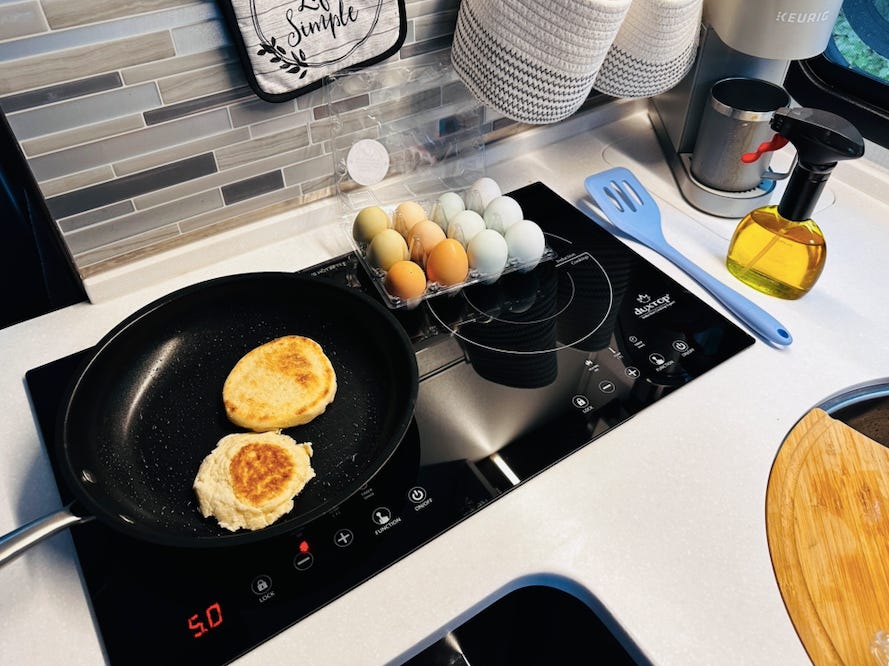
Why? Because there is no reason to bore you with I-75 traffic stories. Ok, two of my most loyal readers are interested, so let me wrap up my five 1/2-hour journey in under 50 words:
Left Atlanta (raining); arrived at Jellico (Tennessee/Kentucky border-raining).
Hours of driving up/down 1,500'-2,000' curvy mountain elevations (raining)
Two and three-lane traffic-packed interstate, some with shoulders (raining)
Average speed of all vehicles, over 75 mph (while raining)
Setup campsite (raining)
Wasn't that fun? UGH. Let's move to something different.
How about I tell you about one of the many modification/upgrade projects I decided to do at the beginning of the year and how it will improve our overall camping experience? But first, I need to take you back to an essential premise,
Make our LTV motor coach as comfortable, luxurious, technology smart, and 'off-grid' ready as possible.
Cruising and Musing subscribers from last year might remember we invested much time, money, and effort in rebuilding our rig's infrastructure (electrical systems). We increased our solar panel collection by 100%, battery storage by over 50%, and inverted power distribution by 50%. These are all essential elements necessary to operate the stuff important to a comfortable, off-grid, boondocking lifestyle.
Our goal in 2023 is to add the 'stuff' that uses this new electrical capacity more efficiently and effectively.
The first crucial project? Replace the old fashioned, propane cooktop.
LisaMarie is a great cook! I am an ok cook. After years of cooking on electric, gas, propane, and induction, we agree that induction is far superior to other cooktops (we have a five-burner induction stove at home).
The first time I used it, we marveled at how quickly we could bring a pot of water to boil (under 40 seconds); its temperature control is fantastic, and the cleaning is quick and easy.
There are downsides to a propane stove in an RV. For example, the tremendous heat it produces in the galley/salon vs. BTU transfer to the pot/pan (induction has an 83% efficiency rating compared to propane at 30-35% efficiency), humidity from propane (can create condensation on the inside of windows,) the smell of propane fumes in a small/confined space, and the problematic cleaning of its many nooks/crannies. Also, propane is not a free renewable resource (like solar is).
Our 2020 LTV UMB has 600 watts of solar and 320 Ah of lithium battery storage, providing plenty of free, renewable power for cooking. Hence, an induction cooktop makes more sense than propane, especially when boondocking. After researching various models/features, I purchased the Duxtop 1800-watt, 2-burner cooktop from Amazon for $173.
Once the new cooktop arrived, I knew I would need to disconnect the propane line from the existing stove at the propane manifold under the rig.
After disconnecting and capping the line, I shifted my attention to the Galley.
I removed the drawers under the stove, disconnected the propane and ignition line, and removed the four countertop fasteners; the stove slipped out easily. The height of the new induction stovetop cleared the top drawer (YAY). However, the width and length required that I cut the Corian countertop (YIKES).
I used the shipping box to make a cardboard template and taped the lines where I needed to make my various cuts. I measured, checked, measured, checked, measured, and checked again (probably ten times) because I got only one shot at cutting it correctly and didn't want to screw it up.
Then the moment of truth.
I held my breath; then I double-checked my measurements. It was time to take the saw to the Corian countertop. The cutting took only a few minutes (which is good because I can only hold my breath that long).
I dry-fitted the induction stove, and it fit perfectly! WHEW! There is an outlet under the stove, so it was an easy electrical plug-and-play with a three-way, grounded cube adapter. I turned it on, and it worked perfectly. YIPPEE!
The total DIY project time was about three hours due to all the checking and double-checking of measurements. If I had to do the job again, it would only take half that time. The total cost was under $200 and worth every penny!
All of this takes me to the beginning of my Musing (and this morning's breakfast). It cooked hot, fast, and delicious, especially with my farm-fresh, Mother Nature-colored egg omelette (with Bela mushrooms, cherry tomatoes, smoked bacon, and Mexican four cheeses). We love our induction stove in our luxurious, off grid LTV motor home.
Hopefully you found the Galley upgrade story more interesting than my drive. Next up, visiting our friends Paul and Claudia in Winchester, KY.


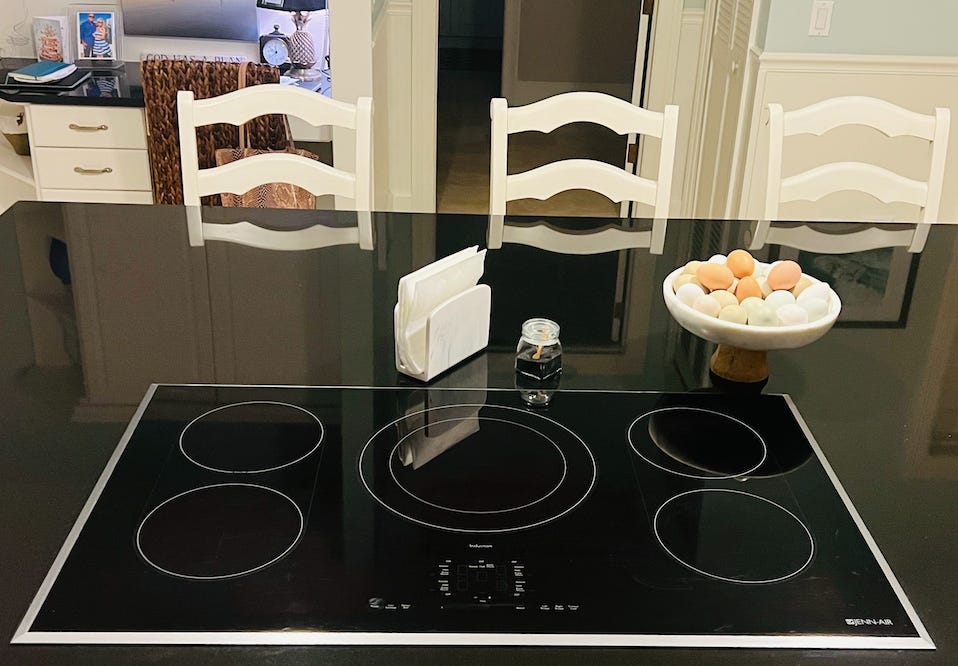
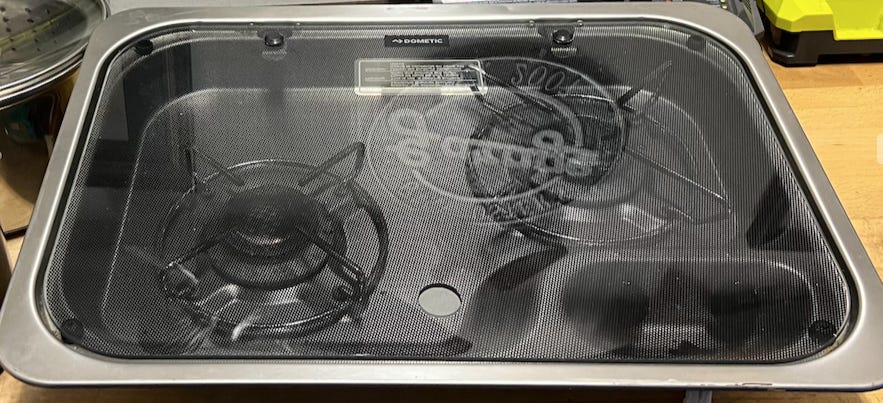
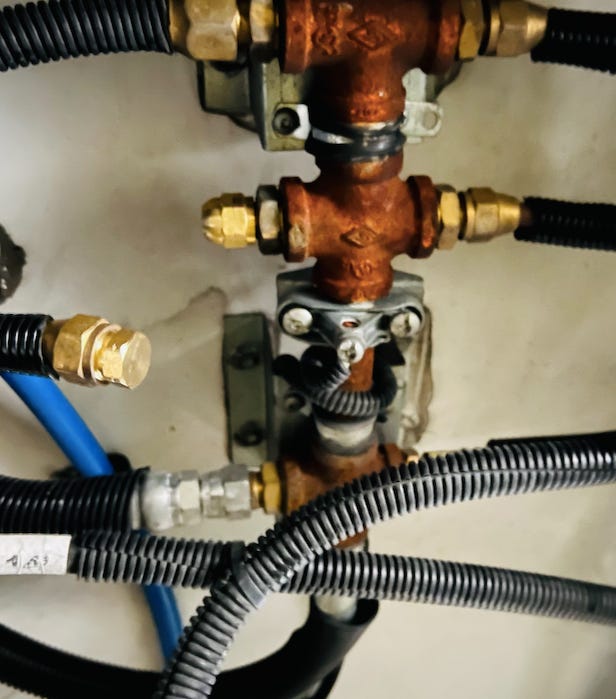
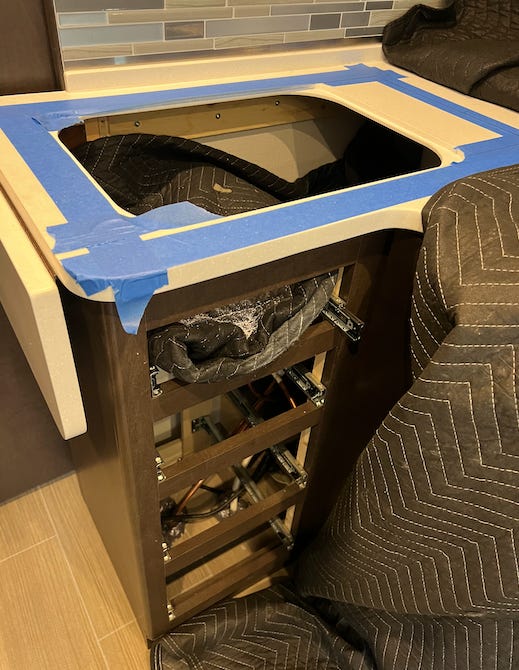
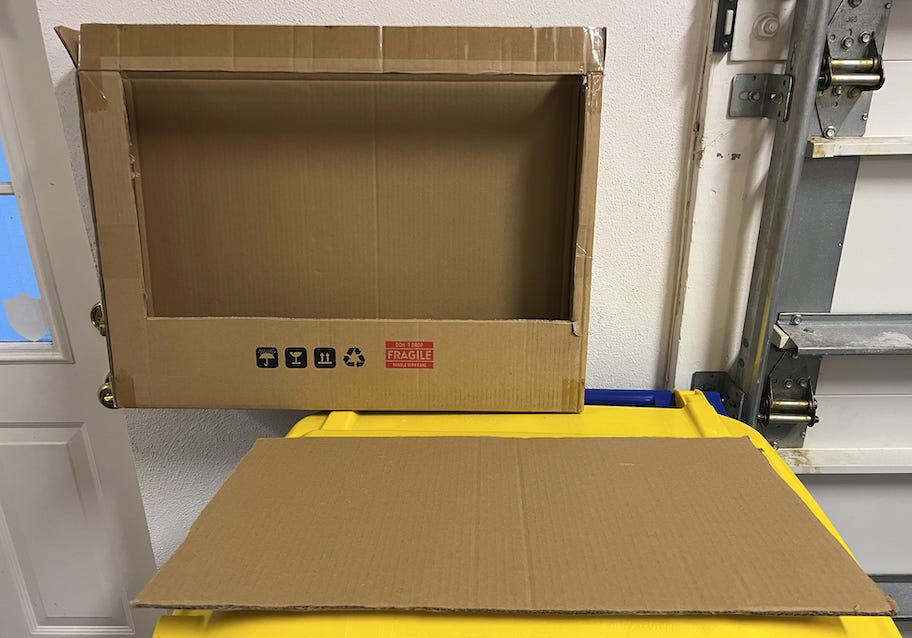
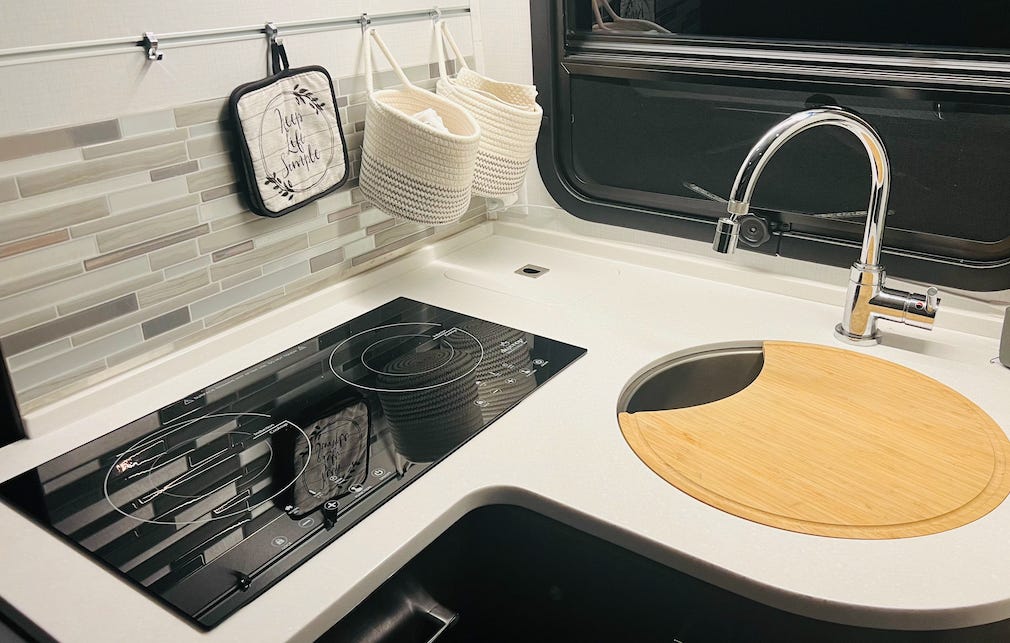
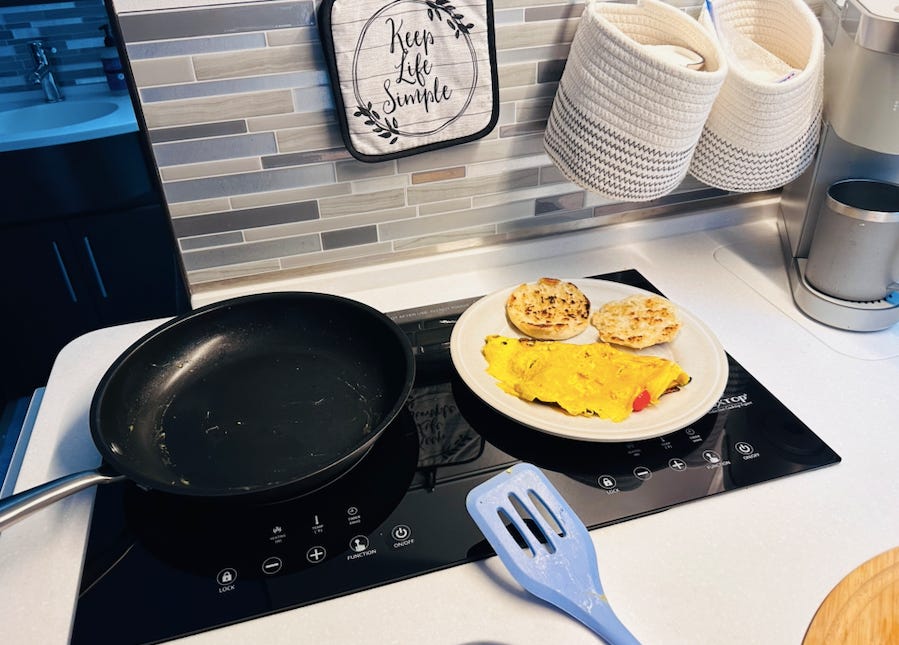
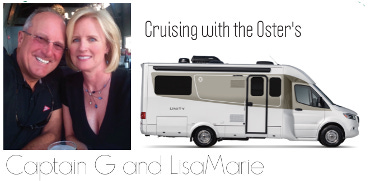
Man you know how to tell a story. Keep it right side up...lol!
Thanks for sharing the details on this upgrade!